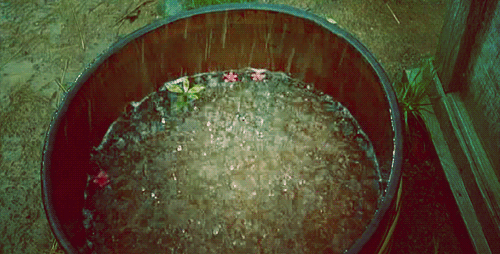

Define a predicate that returns true for an even number. In this example, Take a list of integers. Kotlin unt() The Kotlin unt() function returns an integer that represents the number of elements matching the given predicate.


In the following example, we'll construct a. It returns a map containing key-value pairs provided by the transform function applied to the given list elements. The standard way to convert a list to a map is with the associate () function. Author ozenero Posted on JanuApCategories Kotlin Tags kotlin list, kotlin list map, kotlin list method, kotlin mapIndexed, kotlin mapIndexedNotNull, kotlin mapIndexedNotNullTo, kotlin mapIndexedTo, kotlin mapNotNull, kotlin mapNotNullTo, kotlin mapTo, kotlin tutorial This article explores different ways to convert a list to a map in Kotlin.GitHub Gist: instantly share code, notes, and snippets. Moshi Kotlin Codegen Example with Custom Adapter.According to official documentation, Map Returns a list containing the results of applying the certain set of transformation to each element in the original collection. fun Iterable.associateBy(keySelector: (T) -> K, valueTransform: (T) -> V): Map Returns a Map containing the values provided by valueTransform and indexed by keySelector functions applied to … In this blog, we are going to talk about two kinds of transformations that we can use on collections in Kotlin. associateBy has the following declaration. With Kotlin, List has a function called associateBy. From List to Map with associateBy function.An example of this is the definition of the map function itself: inline fun Iterable.map(transform: (T) -> R): List (source) We can define functions that receive other functions as parameters. Lambdas and high order functions: The previous point is completed with the fact that in Kotlin language, the functions are first class citizens.Key points of List: Methods in List interface supports only read-only access to the list read/write access is supported through the MutableList interface. Indices start from zero - the index of the first element - and go to lastIndex which is the (list.size - 1). The mapOf() is used to create a specific map with keys and values of K and V data types respectively.Kotlin List stores elements in a specified order and provides indexed access to them. Similar to lists, the mapOf() function is used to create a general map where key and value can be of any data type. According to official documentation, Map Returns a list containing the results of applying the certain set of transformation to each element in the original collection.In Kotlin immutable maps are created using mapOf() and mapOf() functions.

In this blog, we are going to talk about two kinds of transformations that we can use on collections in Kotlin. But in practice, this is good enough most of the time. Note that Kotlin’s collections are not immutable because they base on Java’s mutable collection for interoperability reasons. This creates a read-only list, so you can’t add any elements to it. The idiomatic way of creating a list in Kotlin is the method listOf().Kotlin List stores elements in a specified order and provides indexed access to them. A map is a collection that holds pairs of objects. Read-only maps are created with mapOf() and mutable maps with mutableMapOf(). Kotlin distinguishes between read-only and mutable maps. A map is a collection of pairs of objects.
Free water splash gif how to#
This is how a splashscreen could look like (assumed you put the flare animation export in /assets/flare in the project folder) import 'package:flare_flutter/flare_actor.Kotlin maps tutorial shows how to work with maps in Kotlin. In any way its easier then creating the animation 100% with code. Its really easy once you mastered how to use the web authoring tool. With it you can just play the exported animation from the authoring webapp. Then they have a Flutter runtime plugin ( ). You can author the animation pretty simple with a web authoring tool which is free.


 0 kommentar(er)
0 kommentar(er)
